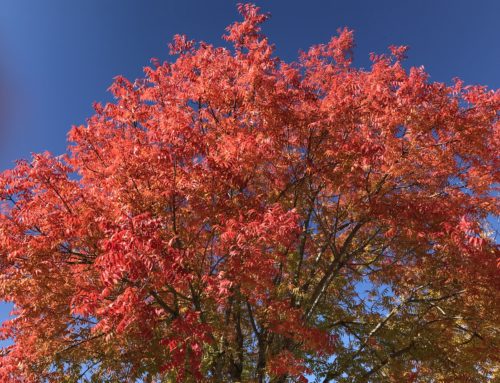Fall, and particularly September, is the best time of the year to rejuvenate and reinvigorate you less-than-lovely lawn. One way to accomplish this is by seeding or reseeding since the new grass will be able to establish itself both now and next spring before summer’s heat returns.
Two of the most effective ways to seed your lawn are core aeration with overseeding, and slit-seeding. Both methods will give you improved seed-to-soil contact for better germination, and both require fertilizing and regular watering afterwards for seeding success.
Core Aeration with Overseeding – This process removes thousands of plugs of grass and soil from your lawn (roughly the size of your little finger). The plugs (or cores) are left on the surface of your lawn, where they eventually dissolve and help to break down thatch. Seed is spread after the plugs have been removed, making contact with the soil through the holes make by aeration.
Slit-Seeding – This process uses a special machine (known as a slit-seeder) that makes slices in the soil and drops seed into them.
A starter fertilizer that’s high in phosphorus will get the new grass off to a good start, and seedlings should sprout within 7 to 14 days. It’s important to deep the soil moist with light, daily watering until the grass is tall enough to mow. After the first mowing, you may gradually space the waterings farther apart as the new grass becomes established.
What kind of seed to use? Fescue, Kentucky bluegrass, bermuda, zoysia are some of your choices. Each has it’s own good and bad characteristics depending on where you want it or don’t want it to grow. To determine the right type of seed for your lawn, you may want to consult a professional.
Learn Three Reason to Fertilize your Lawn
Learn More About When You Need to Fertilize Your Lawn



